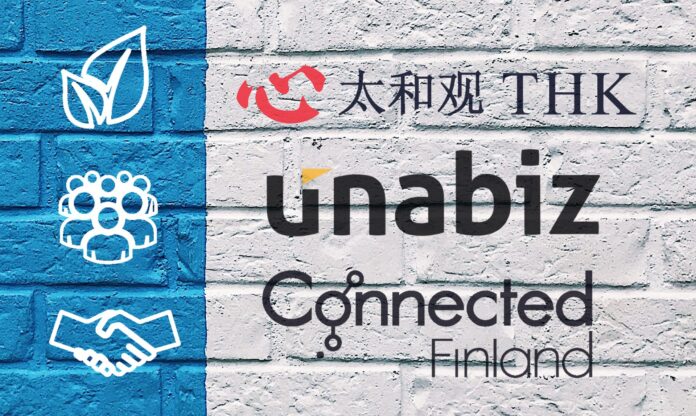Thye Hua Kwan Moral Charities (THKMC), a voluntary welfare organisation in Singapore, has deployed a number of air quality sensors from IoT provider Unabiz, via Finnish Sigfox operator Connected Finland, at two care homes in Singapore following a corporate social responsibility (CSR) assessment to create a healthier environment for staff and residents. The initial deal is with THK Disability Services, which runs centres for people with disabilities; the project is to expand to at least five sites.
The sensors are based on Unabiz’s own ultra-narrowband Sigfox technology, which the company brought out of receivership in France in April. The deal, described as “modest” in terms of sensors volumes, is notable on the grounds it reasserts the significance of CSR and ESG policies, particularly in the built environment (mis-described as ‘smart buildings’), for low-power wide-area (LPWA) IoT technologies like Sigfox.
The announcement also confirms, anecdotally, that Sigfox remains a going concern, following its troubles, for new IoT contracts, and a player in the mission to make non-smart buildings somehow smarter. THKMC provides assistance and services for the elderly and sick, people with disabilities, and families and children. THK Disability Services runs centres in Chai Chee, Eunos, Sembawang, and Geylang Bahru in Singapore.
The new air quality sensors have been deployed so far in the THK Disability Services homes in Eunos and Chai Chee, where around 500 staff and residents work and live. Unabiz ran air quality checks for three months at the sites from February, to monitor CO2 levels in areas with high footfall such as dormitories, offices, activity rooms, and nursing stations. CO2 levels in occupied areas are often used as a proxy for ventilation adequacy.
CO2 levels should remain below 800 parts per million (ppm) at all times, says Singapore’s National Environment Agency (NEA); measurements that exceed 1,100 ppm are indicative of inadequate ventilation or potential overcrowding. THK Disability Services has since taken steps to improve ventilation and deploy fans at the sites. The sensors will also be implemented at THK centres in Sembawang and Geylang Bahru, plus another site in Eunos.
The air quality monitoring solution itself is by Connected Finland, the Sigfox operator in Finland. A spokesperson said: “The business model in Singapore market is more solutions driven than custom-design driven. So we have actually resold a lot of Sigfox solutions by other Sigfox solution makers in Singapore, directly and sometimes to SIs. It is a very different model.”
Agatha Tan, divisional director for disability services at THKMC, said: “We are pleased with the results of the trial. On top of real-time actions, our operation team can further analyse historical data stored on the cloud… so we can draw correlations between indoor capacity, length of activities, and CO2 levels to predict air quality and ventilate rooms. While the pandemic presented new challenges, it also gave us an opportunity to review processes and make our homes healthier.”
Jonathan Tan, managing director of UnaBiz in Singapore, said: “CO2 sensors, as well as temperature and humidity sensors, allow facility managers to take real-time actions to improve the ventilation of indoor spaces. Using the data, building managers can implement data-driven ventilation to allow the flow of fresh air to be automatically optimised. As we transition into the post-pandemic era, vaccines and masks will take a back seat.”

